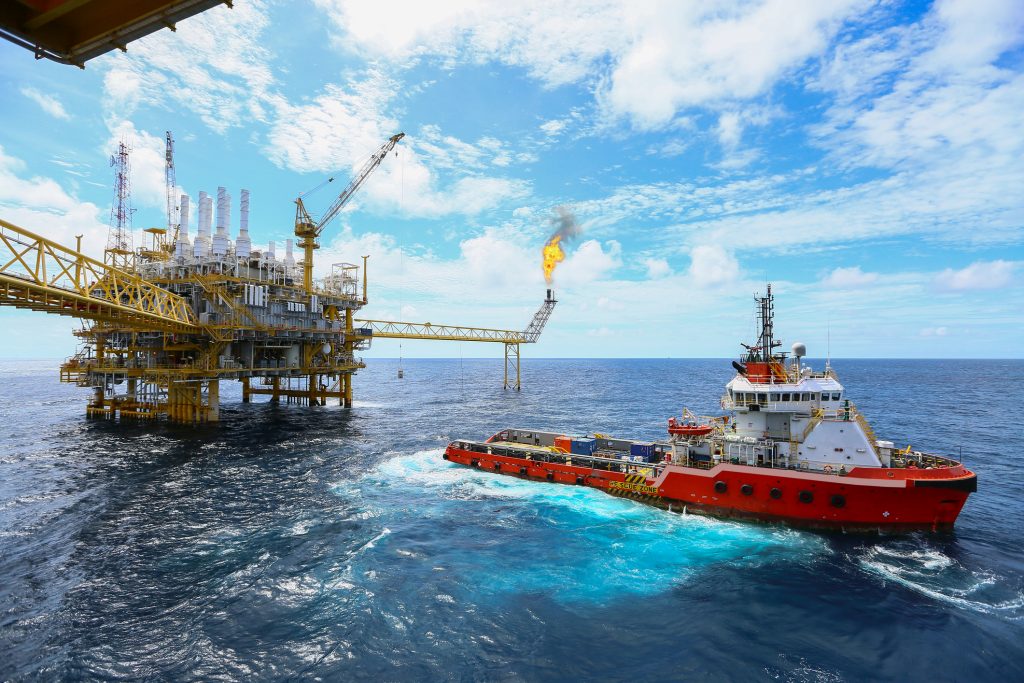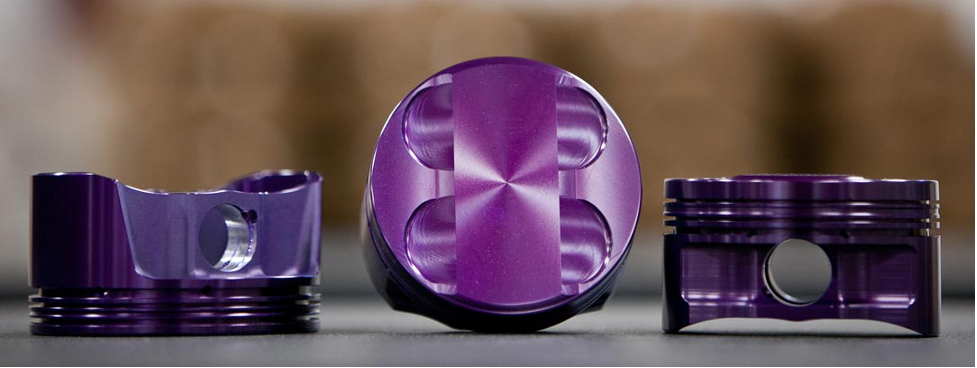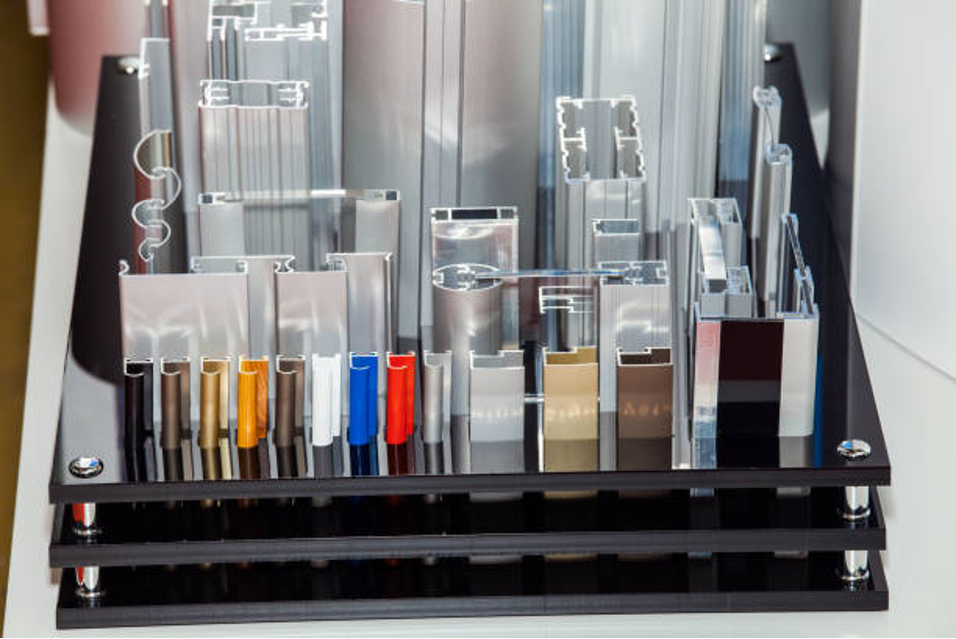
Anodizing is an electrochemical process used to produce an anodic oxide film on an aluminum surface. The result is an extremely durable finish that’s particularly well suited for marine applications. Aluminum has a fairly high corrosion resistance to begin with, but it’s not nearly enough to fight off the effects of being regularly exposed, or even submerged, in salt water. Anodized aluminum, on the other hand, offers superior corrosion resistance that holds up even in the harshest environments.
At Secoa, we offer high quality anodizing services for all of your marine equipment. But that’s not all; we take anodizing to the next level with DiamonDyze™. DiamonDyze™ is a nanoceramic technology that can be incorporated into the anodizing process. It dramatically improves a part’s wear, corrosion, thermal, and chemical resistance—offering even more protection than standard anodizing. It is especially effective against salt-spray, and is therefore ideal for marine applications.

Secoa Metal Finishing is one of just a few licensed DiamonDyze™ applicators in the United States. So, if you want to use the best possible coating for your marine equipment, contact us today and ask about DiamonDyze™. To learn more, give us a call at (706) 383-2893 or send an email to sales@secoatech.com.

 Looking for
Looking for